Zaporizhzhia nuclear plant goes dark: Why Russia cut the power and whether a nuclear disaster looms
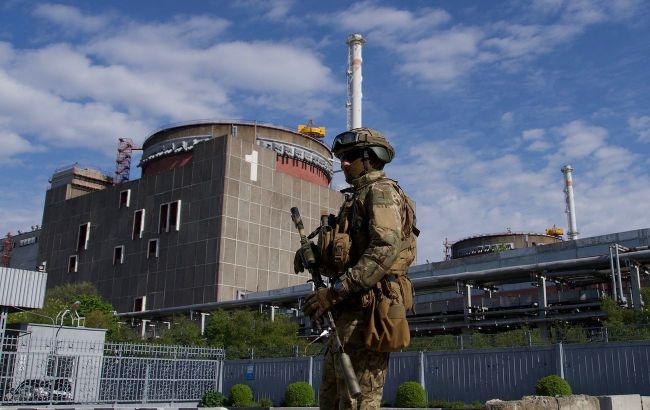 Photo: Since early March 2022, the Zaporizhzhia Nuclear Power Plant has remained occupied by Russian forces (Getty Images)
Photo: Since early March 2022, the Zaporizhzhia Nuclear Power Plant has remained occupied by Russian forces (Getty Images)
Europe's largest nuclear power plant in Ukraine's Zaporizhzhya has been disconnected from the Ukrainian power grid for two weeks. All this time, the plant has been operating on diesel generators, which is an emergency mode of operation. RBC-Ukraine analyzes where the IAEA is doing, and is a nuclear disaster is possible.
Key questions:
- Why has the ZNPP once again been left without an external power supply?
- How long will the diesel generators last?
- Is a Fukushima scenario possible?
- What do the Russians plan to do next?
- Why is the IAEA taking a weak position?
Blackout history
On September 23, at around 6 p.m. Kyiv time, the Zaporizhzhia Nuclear Power Plant experienced its 10th blackout, i.e., the plant was disconnected from all external power sources. This happened because the Russians damaged the only power line that supplied the ZNPP's own needs.
This line connected the nuclear power plant to Ukraine's power grid. "The ZNPP switched to diesel generators to power its own needs. This is a serious violation of the conditions for normal operation of the plant," comments the operating company Energoatom on the situation.
Ukrenergo energy company reported that the line in the Ukraine-controlled territory remains intact and there are no problems with its use. The blackout occurred after the Russians deliberately damaged a section of the line in the occupied territory near the nuclear power plant and do not plan to restore it.
"The Russians say that there is fighting going on there, but they themselves completely control this territory. This is a section of land between the Dnipro River and the station. They are simply not restoring the line and are manipulating the situation when they say they cannot do so," explains Mykhailo Shuster, former shift supervisor at the Zaporizhzhia Nuclear Power Plant and expert on nuclear energy, in a comment to RBC-Ukraine.
On the evening of September 23, the State Nuclear Regulatory Inspectorate stated that another blackout is a threat to nuclear and radiation safety and that the only option for a final solution to this issue is to return the station to Ukraine's control.
Volodymyr Zelenskyy described the situation as evidence of the weakness of international organizations that are supposed to ensure compliance with safety standards in nuclear energy. "And because international institutions are too weak, this madness continues," the President said, speaking on September 24 from the rostrum of the UN General Assembly in New York.
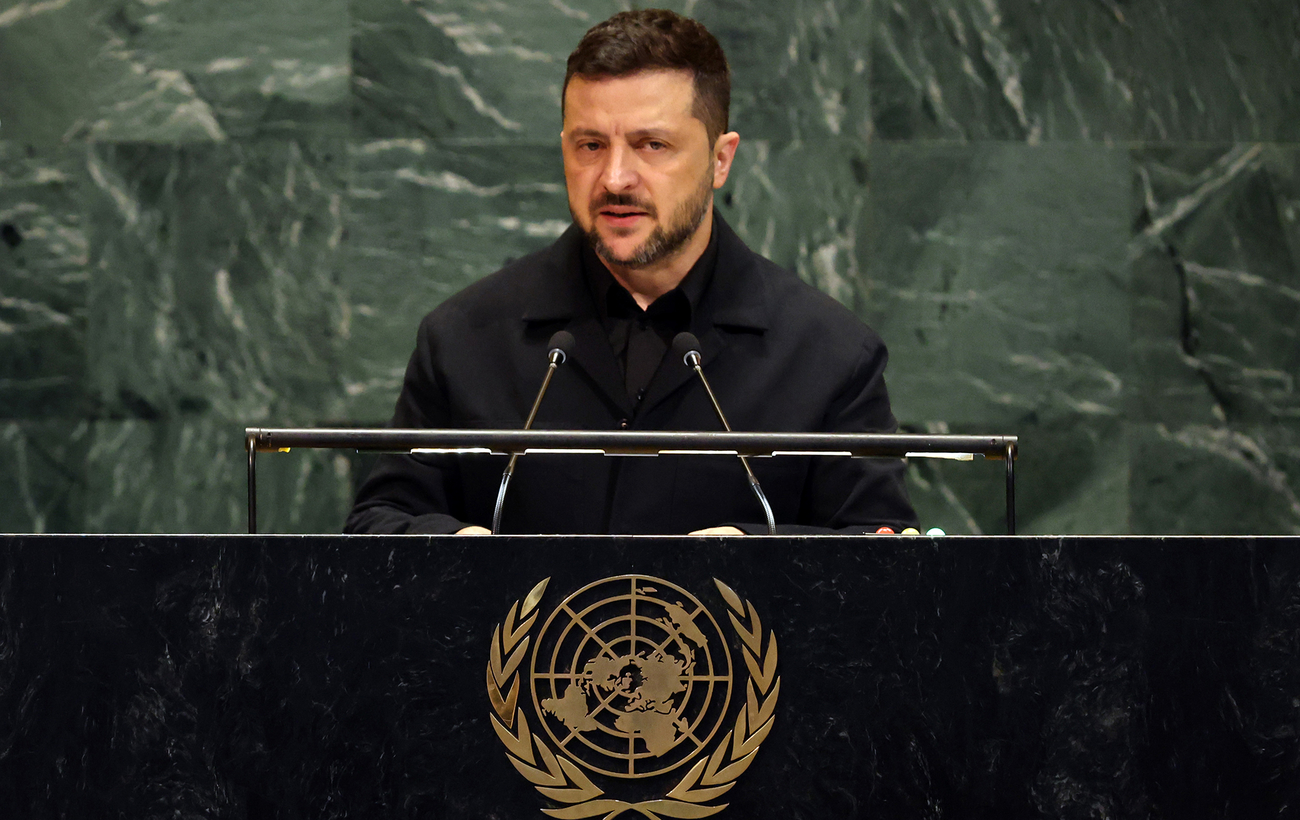 Photo: Volodymyr Zelenskyy, during his speech at the UN General Assembly, spoke about the weakness of international institutions in maintaining nuclear safety (Getty Images)
Photo: Volodymyr Zelenskyy, during his speech at the UN General Assembly, spoke about the weakness of international institutions in maintaining nuclear safety (Getty Images)
On September 27, the Foreign Minister of Ukraine, Andrii Sybiha, said that the blackout at the ZNPP could lead to a nuclear disaster. He added that the Russians had already built 200 kilometers of power lines in the temporarily occupied territory and were preparing to connect the plant to their power grid.
The Minister then met with Rafael Grossi, head of the International Atomic Energy Agency (IAEA), and expressed the position that the plant should at least come under the control of the IAEA. "We believe the temporary IAEA stewardship mechanism over the Zaporizhzhia NPP is the only realistic option left in the short term," Sybiha said.
The current blackout is the longest in comparison with previous ones. The plant has been running on diesel generators for two weeks in a row. On September 30, Zelenskyy announced that one of these generators had already broken down. The next day, Grossi said that if the generators were to shut down completely, there could be a risk of nuclear fuel melting.
Operation on diesel generators
A nuclear power plant always needs an external power supply to operate its equipment if its own generating capacity is shut down.
In case of a power outage, the plant has a backup—diesel generators. These are the same generators we have been used to seeing on winter streets since 2022, only much larger and more powerful. They are designed to generate electricity from diesel fuel supplied to the plant from outside.
The energy from the generators is needed to power the pumps that circulate water through the reactor core and cool the nuclear fuel.
The nuclear reaction never really stops; its level may decrease significantly when the reactor is not operating, but the fission of uranium nuclei continues and energy is released in the form of heat. The latter must be constantly removed from the reactor core.
This function is performed by water passing through heat-releasing assemblies. Both the assemblies in the reactors and the spent fuel unloaded from the reactors into the storage pools must be cooled. In these pools, the fuel releases heat and is stored for several years before being finally removed from the station.
There are 18 diesel generators at the ZNPP, each with a capacity of 5.6 megawatts, as well as 18 mobile pumping units with a capacity of half a megawatt each, says Mykhailo Shuster. This means that there is more than three times the emergency power supply reserve, not counting the mobile units.
The expert notes that the fuel in the reactors releases about 0.5 megawatts of energy, and approximately the same amount is released from the fuel in the storage pools. Roughly speaking, each power unit accounts for about 1 megawatt of energy release.
"The capacity of the diesel generators significantly exceeds the needs of the station; it is enough to supply the Zaporizhzhia Nuclear Power Plant. The Russians have every opportunity to ensure that nothing happens," Shuster adds.
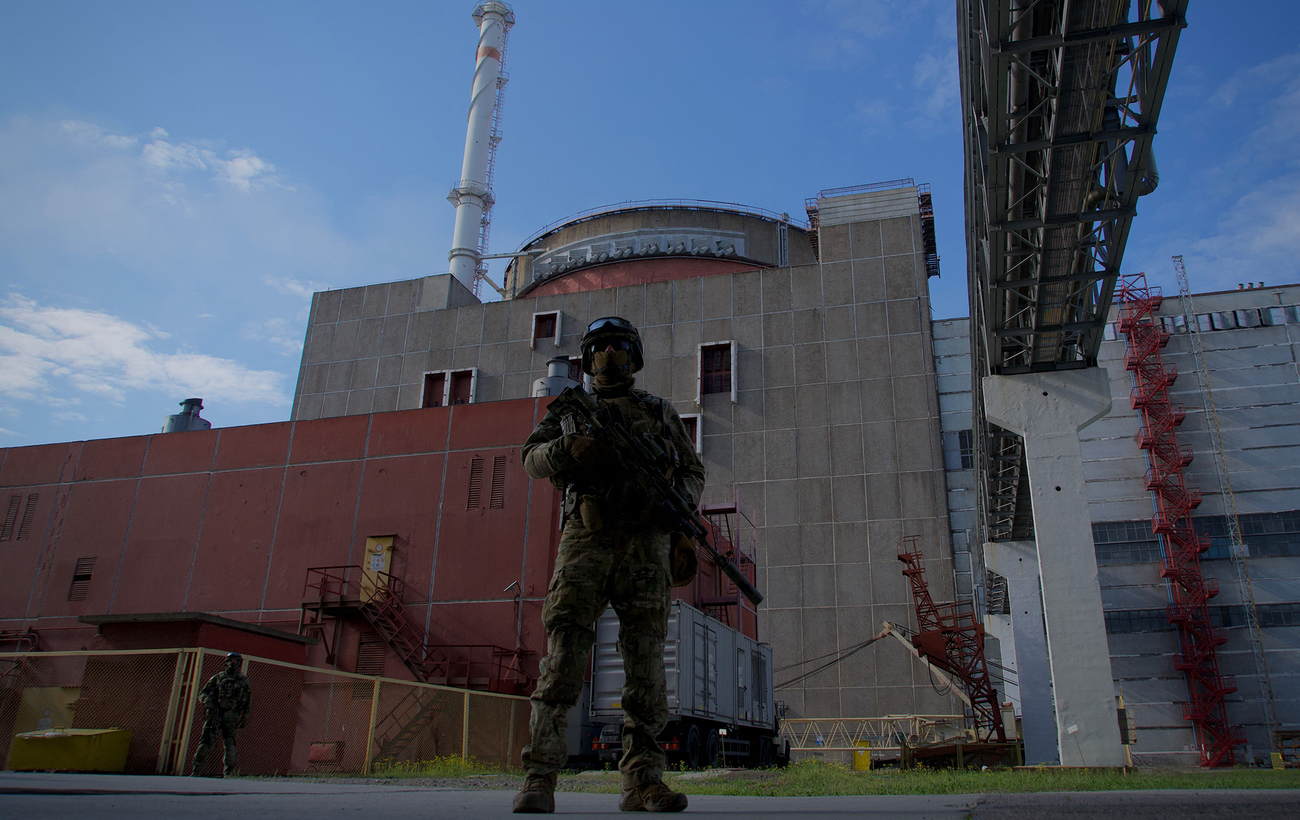 Photo: The two-story red building behind the Russian military vehicle is one of the ZNPP's diesel generators (Getty Images)
Photo: The two-story red building behind the Russian military vehicle is one of the ZNPP's diesel generators (Getty Images)
To keep the generators running, about 200 tons of diesel fuel are needed per day, which is equivalent to the volume of three railway tank cars. "This is regular diesel fuel, which is sold at gas stations, and there are plenty of ways to deliver it," the expert adds.
Although the operation of nuclear power plants on diesel generators cannot be called safe, it is possible to continue it for quite a long time, according to nuclear physicist and nuclear energy expert Ludwyh Lytvynskyi. Provided that diesel fuel is supplied, the generators are designed to operate for a long time.
"These are ordinary diesel generators, they have a resource of at least a year, and if they are serviced, then even more. They just need to be supplied with diesel fuel," the expert says in a comment to RBC-Ukraine.
At the same time, former head of the State Nuclear Regulatory Inspectorate Hryhorii Plachkov says that the failure of one generator, as reported by Zelenskyy, increases the risk that something will go wrong at the nuclear power plant. He notes that it is unknown how long the diesel generators will actually last, given that this is already the tenth blackout, and each time these generators have been turned on in an emergency and operated under extreme conditions.
"Operating on diesel generators is an emergency operation for a nuclear power unit. The fears that something will go wrong and the risks are quite high," Plachkov tells RBC-Ukraine.
Information about the condition of diesel generators and their fuel supply should be available to IAEA inspectors who are constantly present at the plant. RBC-Ukraine requested the agency to comment on these issues.
In response, the agency sent a link to their press release dated September 30, in which the IAEA officially reported that eight diesel generators are operating at the ZNPP, nine more units are in reserve, three are undergoing maintenance, and there are also mobile diesel generators. The Russians informed the IAEA that they have a 10-day supply of diesel fuel, which they constantly maintain.
In this statement, Grossi called for the restoration of external power supply, but did not say from which side this should be done — from the Ukrainian power grid or from the temporarily Russia-occupied territories.
"Why can't he say directly that the station should be connected to the Ukrainian power grid? Unfortunately, he does not say so," Plachkov comments.
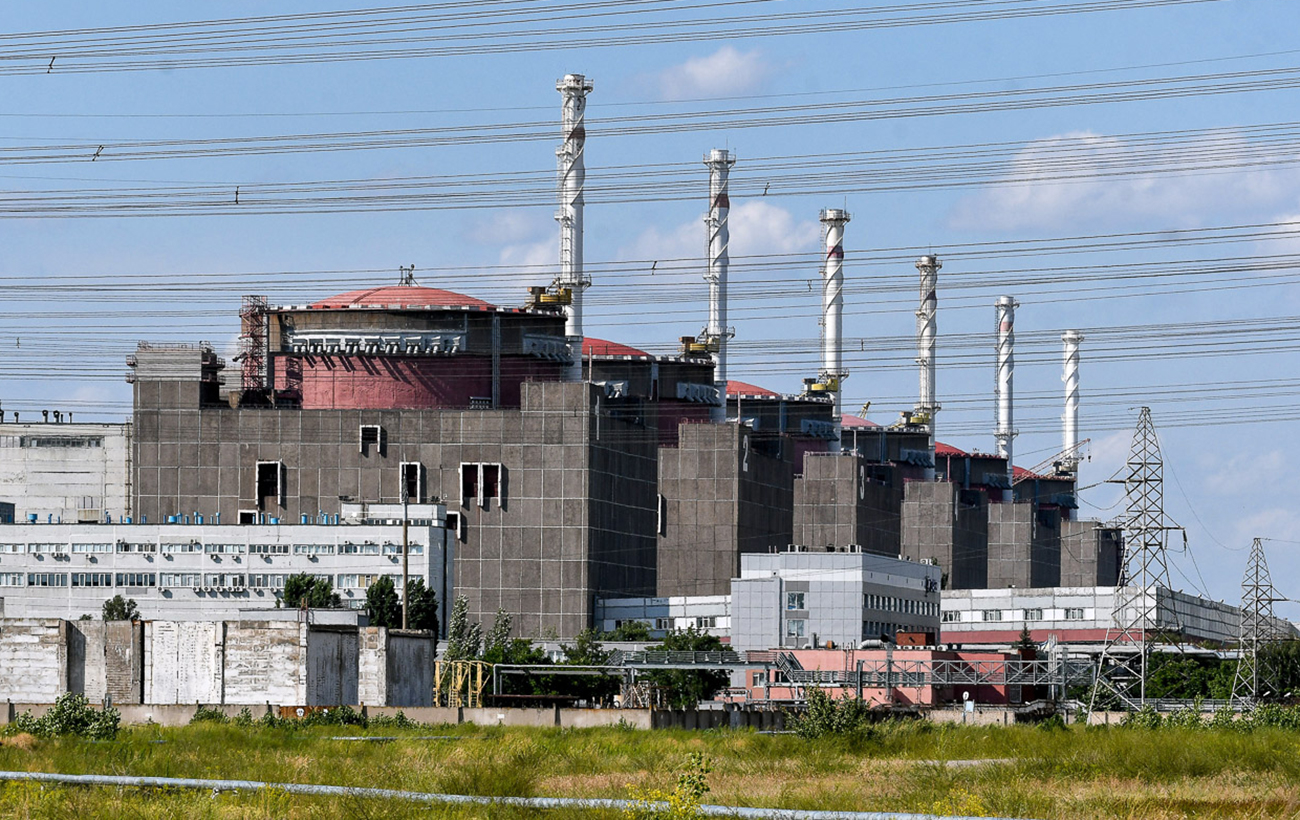 Photo: Until 2022, 10 power lines were used to deliver all the power from the ZNPP, but before the last blackout, only one line was connected to the station. (Getty Images)
Photo: Until 2022, 10 power lines were used to deliver all the power from the ZNPP, but before the last blackout, only one line was connected to the station. (Getty Images)
The agency ignored RBC-Ukraine's question about whether power should be restored from the Ukrainian side, as well as the question of whether the Russians are building a line from the Russia-occupied territory.
Likelihood of Fukushima scenario
The situation at the ZNPP began to be compared to the accident at the Fukushima nuclear power plant, which occurred in Japan in 2011. At that time, an earthquake caused a tsunami that reached the coastal station, flooding the diesel generators, as a result of which the station lost its external power supply.
After that, heat removal from the reactor stopped, and the nuclear fuel melted. Then, as a result of the reaction between steam and zirconium (the metal from which the nuclear fuel cladding is made), hydrogen was formed. This gas escaped from the reactors, accumulated in the power unit rooms, and exploded. The active zone of the reactors melted, but the reactor vessels were not damaged.
An important difference between the situation at the ZNPP and Fukushima is that the power units of the Japanese plant were operating at full capacity, while the units of the Ukrainian plant have not been generating electricity since 2022.
"The Fukushima scenario is impossible. The power units at Fukushima were operating at a certain level of power, while all the units at the ZNPP are in a state of cold shutdown," comments the former head of the State Nuclear Regulatory Inspectorate.
The maximum damage that the Russians can do is to cause a local accident and allow the active zone of the reactors to melt.
"So that when the plant returns to Ukraine's control, we will have to repair these power units for a long time or even be unable to return them to commercial operation," says Plachkov.
He notes that after the Fukushima accident, the world learned its lessons and, including at the Zaporizhzhia Nuclear Power Plant, implemented so-called post-Fukushima measures to improve the safety of nuclear power units.
His opinion is also supported by Mykhailo Shuster, who says that it is difficult to imagine what would have to happen for all diesel generators and mobile pumping units to stop. Even if this were to happen, damage to the nuclear fuel in the reactors would be almost impossible, and there are many options for ensuring the safety of spent fuel in the storage pools.
"Talk of Fukushima being possible is a weapon that the enemy is using to instill fear," the expert believes. The latter is being done to present the connection of the Zaporizhzhia Nuclear Power Plant to the Russian power grid not as a military trophy, but as the salvation of humanity from a nuclear disaster, Shuster is convinced.
Station launching
On October 2, the Foreign Minister of Ukraine, Andrii Sybiha, said that the Russians are already trying to connect the line from the temporarily occupied territories. They are doing this in order to start producing electricity in the future.
"Russia’s next step will be even more dangerous: restarting a reactor under occupation – without proper cooling, outside any license, beyond oversight. A reckless move only to serve Putin’s show of control," Sybiha said.
The Russians want to start up the power unit because the occupied ZNPP is losing a lot of money and not making any. "In 2023, Rosatom's fake subsidiary, the ZNPP Operating Organization, had losses of 12 billion rubles," Olha Kosharna, co-founder of the NGO Anti-Crisis Expert Nuclear Center of Ukraine, tells RBC-Ukraine.
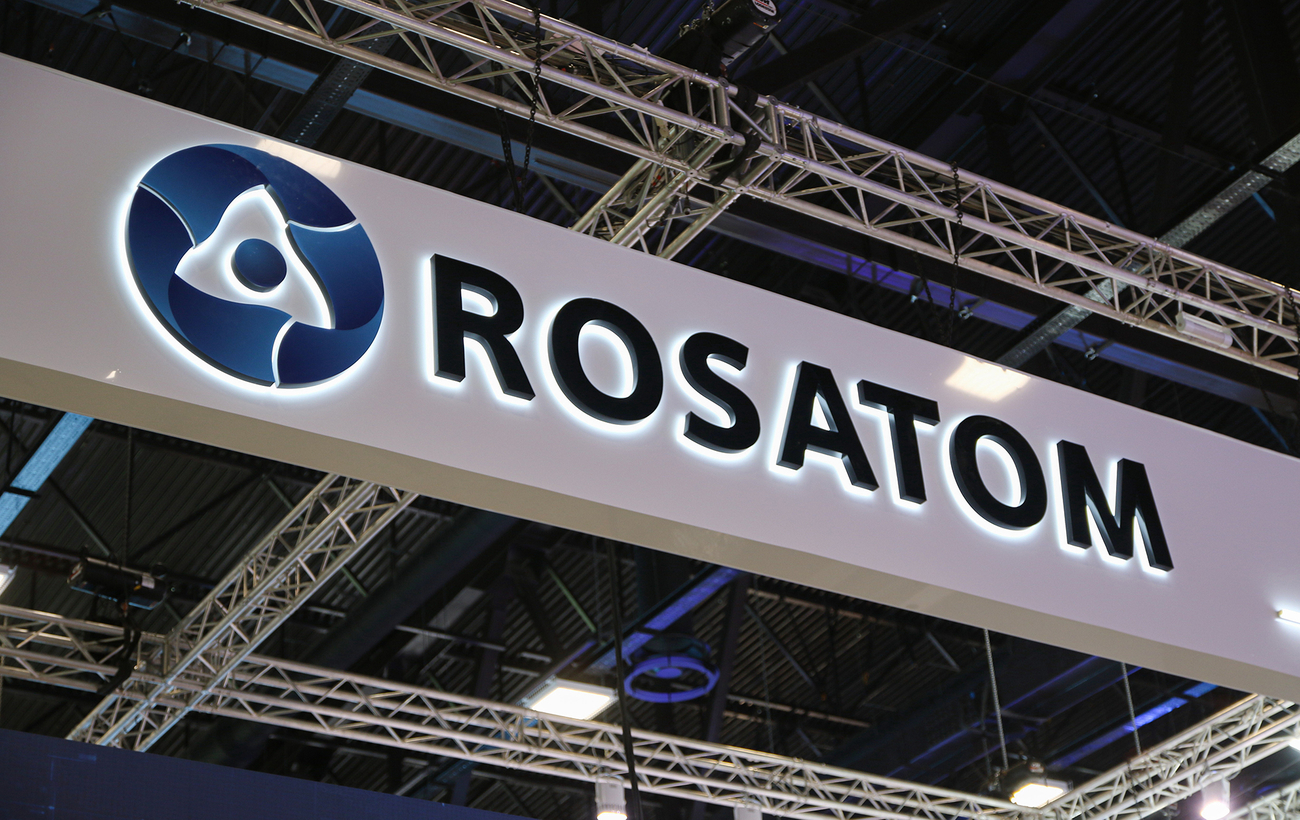 Photo: Since the ZNPP is not operating, Rosatom is incurring significant losses on its maintenance (Getty Images)
Photo: Since the ZNPP is not operating, Rosatom is incurring significant losses on its maintenance (Getty Images)
Another reason for starting up at least one power unit of the ZNPP is the electricity shortage in the temporarily occupied Kherson region and Crimea. After the annexation of the peninsula, the Russians built the Balaklava thermal power plant, which ran on gas extracted by drilling platforms in the Black Sea (the so-called Boiko towers). But in September 2023, Ukraine regained control over these facilities.
"There is no gas for the TPP to operate, and the cable laid along the bottom of the Kerch Strait does not transmit enough power," Kosharna comments on the reasons for the electricity shortage.
To cool the reactors, the Russians plan to install a mobile pumping station that will pump water from the Dnipro River tributary, the Konka River. The work of this station may be sufficient to start one power unit, possibly not at full capacity, the expert adds.
Since independence, Ukrainian nuclear engineers have significantly modernized Soviet-designed power units and introduced many new safety systems, says Liudwih Lytvynskyi. Ukrainian nuclear engineers used different equipment and software than the Russians.
"To start up a unit, you need not only water, but also electricity, components, and, most importantly, professional personnel... They are simply unfamiliar with much of the equipment and software at the Zaporizhzhia Nuclear Power Plant, and I am sure that they are unable to ensure complete safety, as they lack the expertise," the expert explains.
Grossi's career ambitions
While in Washington on August 27, Rafael Grossi publicly announced his plans to become the next UN Secretary-General, who will be elected in 2027, Bloomberg reported. Grossi used his trip to the US to inform Donald Trump's administration of his intentions and enlist its support.
"His strategy is based on strong support from the Trump administration and its allies," sources familiar with the situation tell the agency. Grossi does not officially acknowledge that he is the US candidate.
A month later, Grossi traveled to Russia. On September 25, he visited Moscow, where he and Vladimir Putin took part in events celebrating the 80th anniversary of Russian nuclear energy. The IAEA chief smiled, praised the achievements of Russian nuclear scientists, and spoke highly of Russian nuclear technology.
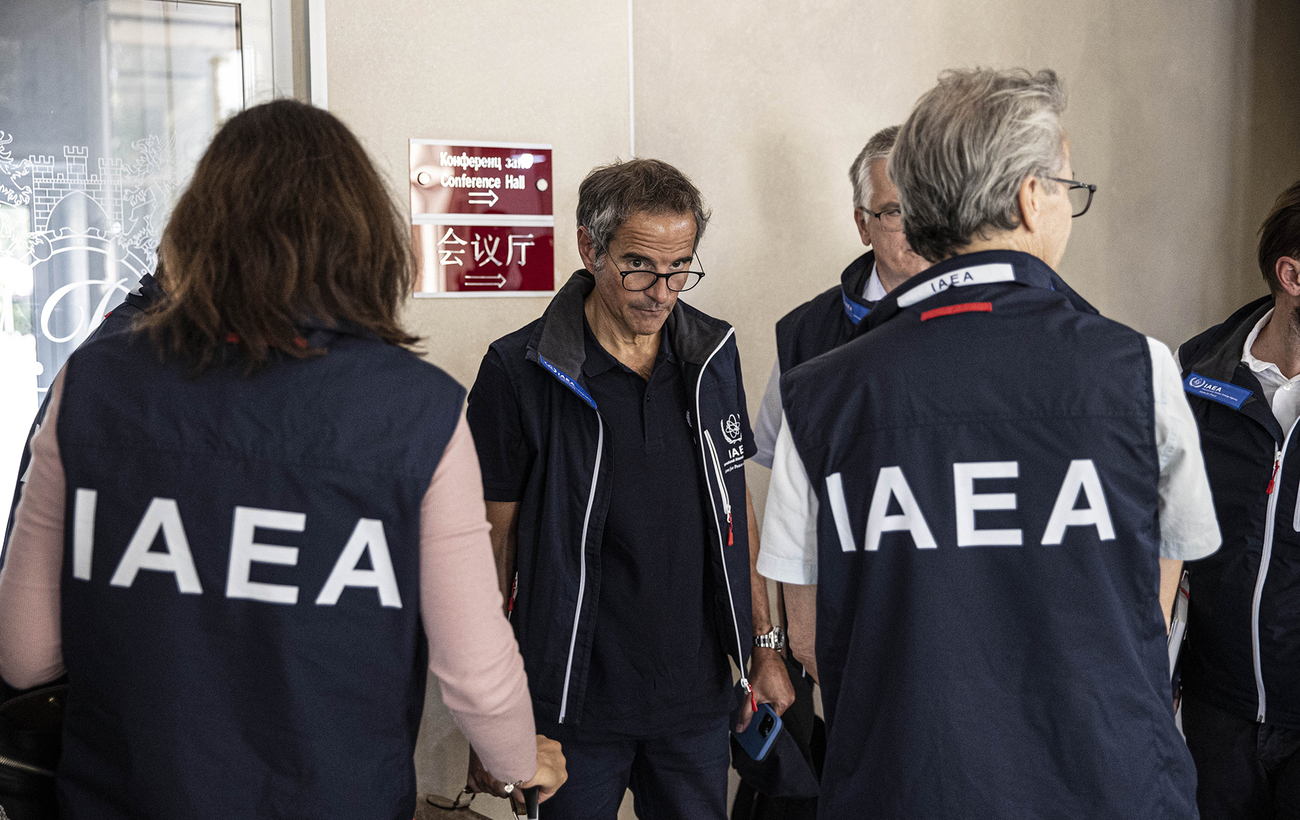 Photo: IAEA Director General Rafael Grossi is seeking to become UN Secretary-General and wants to enlist the support of the US and Russia (Getty Images)
Photo: IAEA Director General Rafael Grossi is seeking to become UN Secretary-General and wants to enlist the support of the US and Russia (Getty Images)
"This contradicts his mandate, which does not provide for the promotion of nuclear technology by any state. The head of the IAEA is responsible for ensuring compliance with the international nuclear and radiation safety regime... He has crossed all the red lines," comments Olha Kosharna, adding that Grossi is seeking the support of UN Security Council member states to advance his diplomatic career.
If Grossi is actively fighting for Putin's attention, he is unlikely to defend a position that directly contradicts Russia's interests on the issue of the Zaporizhzhia Nuclear Power Plant. And even before that, the IAEA has always acted indecisively, as Russia's share in the agency's funding is quite significant. "We should not count on any internationalists or sanctions against Rosatom," Kosharna believes.
The only effective sanctions are imposed by the Armed Forces of Ukraine, which have already attacked substations and the line that the Russians will use. Unfortunately, the Russians are repairing the damage, the expert adds.
The Russians are deliberately raising tensions and fueling rhetoric about the threat of a nuclear disaster. All this is being done to offer a solution to the problem—reconnecting the ZNPP to its power grid.
At the same time, a new line is being tested, and the IAEA cannot say where the station should be connected. When the Russians complete all the technical work, they will loudly proclaim that they have saved the situation, and the inspectors responsible for nuclear safety will once again throw up their hands.

